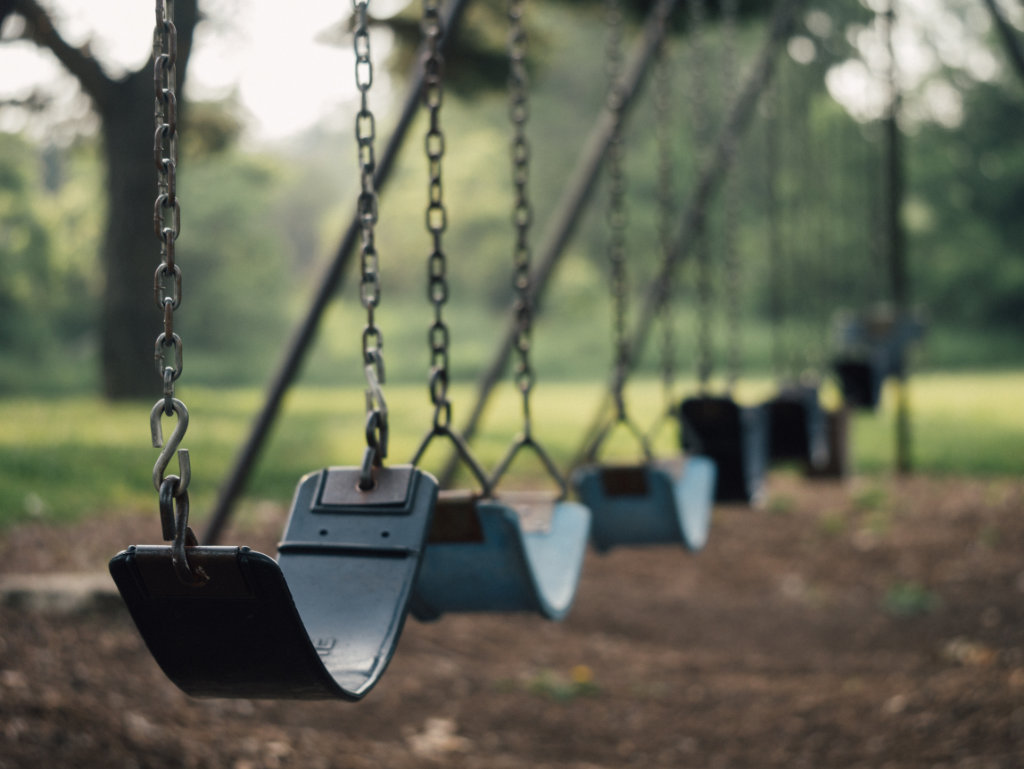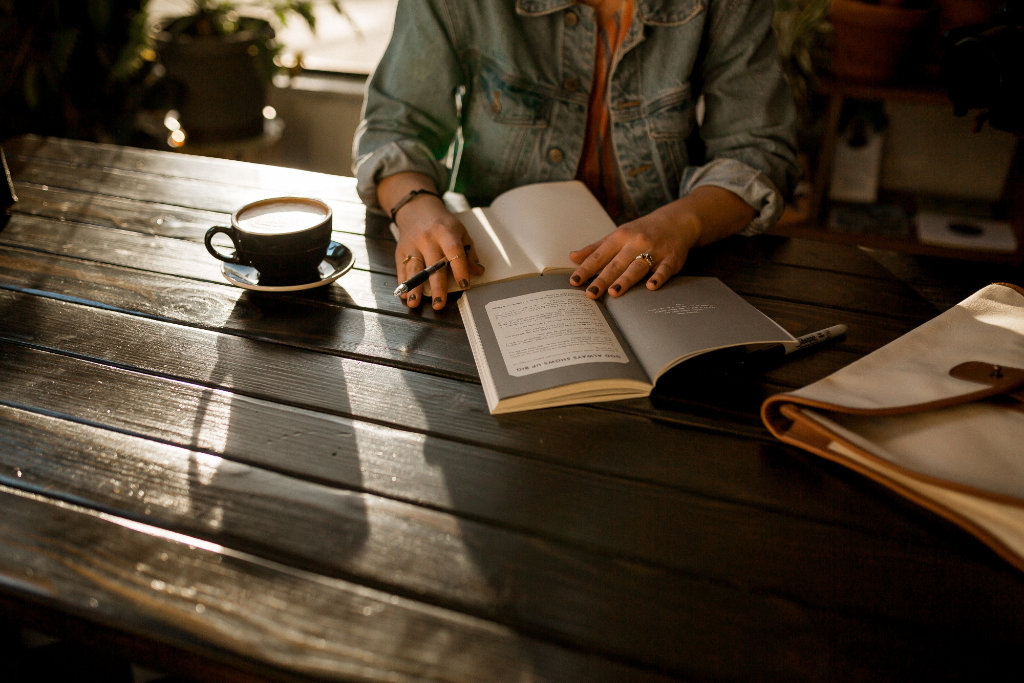
A broken arm isn’t the best start to a boy’s summer holiday
This time last year, whilst seeing family in France, my eight-year-old son broke his arm on a bouncy castle.
My wife and I aren’t worriers by nature, but we were aware of the difficulties ahead of us with his right arm in a cast. He is right-handed and he was due to start a new school.
So, in those formative first weeks of term, my son was unable to play sports and get onto sports teams, or get involved in the rough and tumble of the playground, or play his guitar – all those things that would enable him to settle into this new environment and make friends.
We need not have worried, however.

His cast and sling, if anything, eased the settling in process.
Staff went out of their way to reassure him.
Pupils clamoured to find out the exact grisly details of the accident: ‘Were you pushed or did you fall?’ Let’s face it: kids are drawn to gory stories.
Some dads joked that my son should’ve concocted something a little edgier: a kite-surfing accident, whilst being set upon by sharks or pirates in the Caribbean, that type of thing.
But I don’t think it was his being different that made the difference.
It was his very visible vulnerability.
He’s not overly shy but he was less sure of himself. A broken arm has this effect.
And this made him all the more approachable.
We all want to project confidence. And yet the irony is that we warm to people who are a little uncertain of themselves.
Why? Well, we want to reassure, and we don’t ourselves feel threatened.
We’d prefer to hug a kitten than a crocodile.

We have learned to approach others with the barriers up when, the truth is, the armour gets in the way.
The next time you feel nervous before that big event or that all-important presentation, lose the barriers that we unthinkingly erect. Don’t attach so much importance to them.
I am not advocating pouring your heart out to everyone you meet. But the other extreme is equally undesirable.
A little vulnerability means not scaring people off.
And that for me seems to be the spirit of the new LinkedIn.
It is no longer a platform where we present our polished best professional selves.
The boundaries have blurred. At least in some networks.
It is increasingly a place to share the personal as well as the professional.
Just consider the success of Humans of LinkedIn, Let’s get honest, Real life or Our LinkedIn, along with the growing popularity of LinkedIn locals.
With fewer ego posts from the arrogant telling tales about the unattainable, these days content is often closer to the bone, including warts and all accounts of the ups and downs of life in business. Posts that deal with, amongst other things, imposter syndrome, and those moments of doubts and uncertainty.
Look at what is proving popular in your network at the moment, in terms of likes and comments.
A quick scroll roll through my feed shows the success of the following:
- Questions/surveys
- Advice
- Anecdotes
- Triumph over adversity stories
- Motivation tips
- Self-help, health and lifestyle
- Life/productivity hacks
- Quotations
- Art, pictures and videos
Some naysayers complain that too many posts are gratuitous or lack insight.
‘Too many emote and quote posts; too much oversharing. This isn’t Facebook. This isn’t Tinder. This is a business platform,’ they cry.
Some suggest unfollowing those who don’t ‘add value’ to their feed.
I don’t: I like to get a feel for the platform in all its glory.
Okay, you may miss what the silent majority is thinking, but you can find this out in other ways.
I would argue that the standard of writing on LinkedIn is remarkably high if you remember we’re not all not paid writers, and much stuff is written off the cuff about events and issues as they happen.

Conflicts of purpose and mood mismatches are inevitable.
Some want to share their personal tastes and preoccupations.
Many don’t.
Professionals use LinkedIn for very different things.
For freelancers, working from home, LinkedIn is our daily bread.
Our motivation, our pep talk for the day, our source of news, views and inspiration.
LinkedIn is, for many of us, the one thing that remains switched on when all other ‘distractions’ are turned off in the name of creativity.
Some dislike those posts that ‘lack value’, but it’s all relative, and one man’s trash is another man’s treasure.

And, anyway, the dam has well and truly burst.
There is no going back.
And the positives far outweigh the negatives.
LinkedIn offers up a supportive community, one which is largely free from trolling.
This is great for those cutting their teeth, for writing, for personal branding, for whatever field.
It is great sounding board for trying out new ideas and approaches, and asking for advice and encouragement from those in the same industry.
And long may it continue to be so.